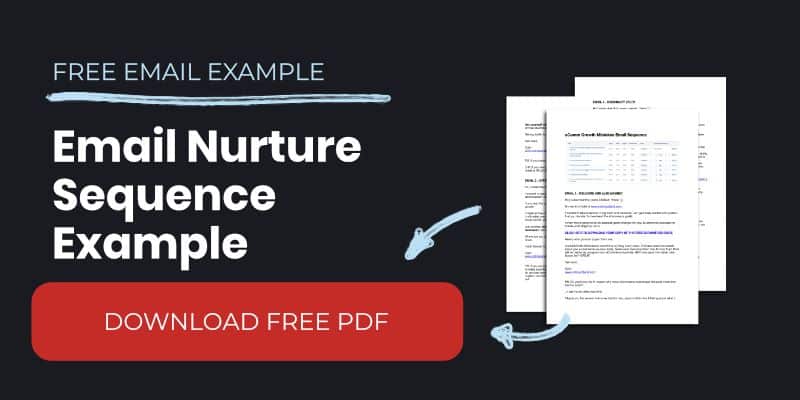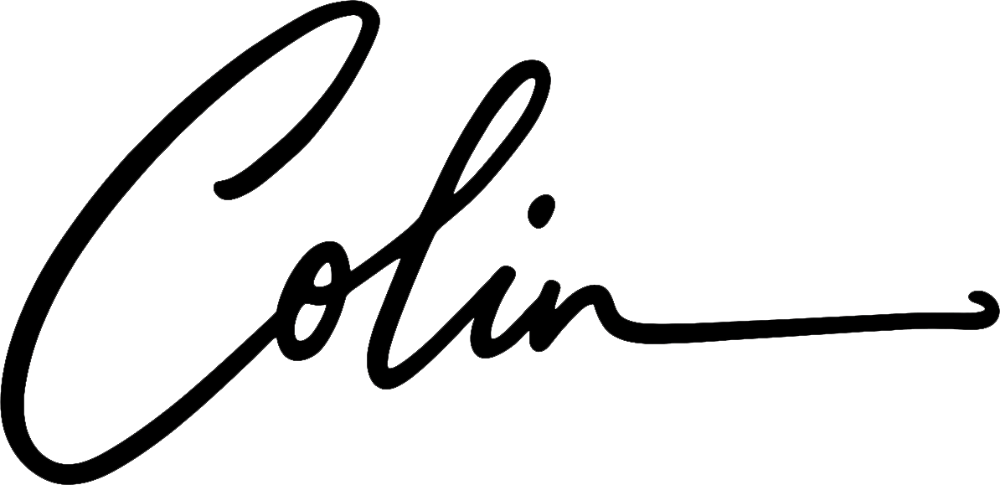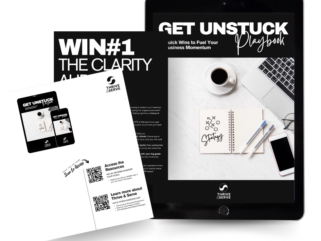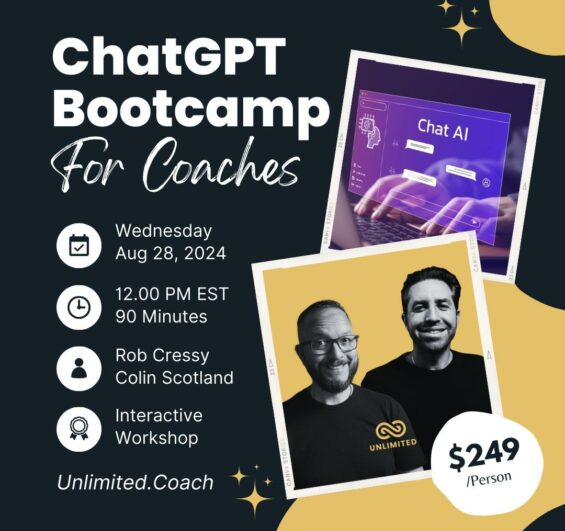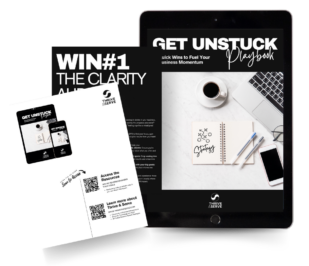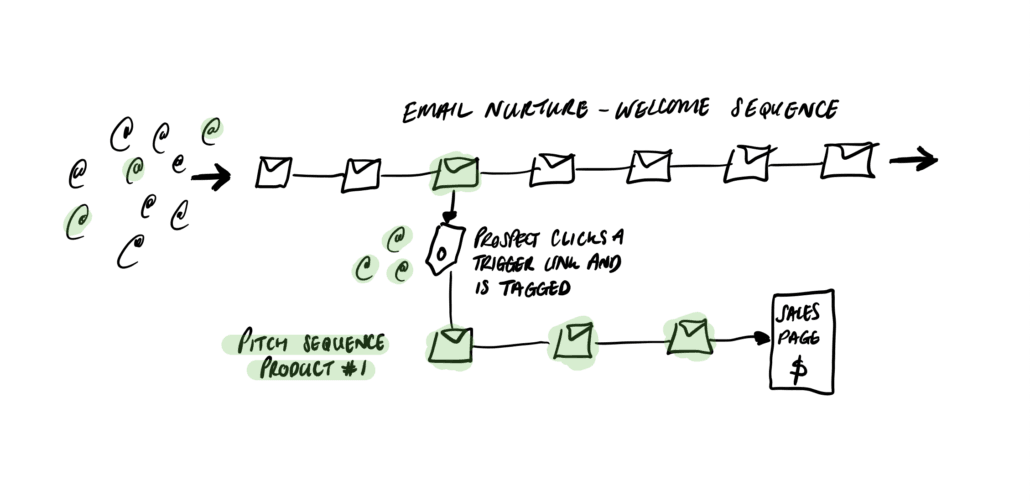
The initial email nurture welcome sequence acts as the relationship building bridge.
It connects a cold prospect who has no experience of you or what you are all about with your world.
The email nurture sequence warms the prospect, it focuses on delivering real value and nurturing the relationship.
I first learned the correct way to create email welcome sequences from one of the best email guys on the planet, Andre Chaperon. For more detailed information check out Andre's awesome Autoresponder Madness course.
But how do we pitch our products or services in there with integrity and without the horrible hard sell?
Peppered into the email nurture sequence are thought-provoking content pieces that lead to products in your value ladder.
We don't simply ask for the sale. It is too soon. The thought-provoking content pieces evoke tension and anticipation and lead initially to additional information.
For example, we sell an online course on anxiety. The thought-provoking content piece tells the story of Jane, a long-time sufferer of anxiety. After painting the picture of Jane’s life as a reflection of the reader, we show them how Jane transformed. We don’t explain how straight away, it’s not because she consumed our product x. Jane’s transformation is critical at this point, not the vehicle.
Let the transformation take hold in the reader’s mind. The same change is what the reader seeks.
Once they have a ‘this could be my story’ realization or epiphany, then they will seek more information about the vehicle of Jane’s transformation.
Your course or product or service is the vehicle to transformation or outcome.
The vehicle is incidental to the prospect, it is utilitarian, as they are transfixed on getting to the outcome.
End the thought-provoking piece with a link to additional information, it could be a Youtube video, an article, a PDF, or audio. The format is not essential here, the LINK is critical.
When the reader clicks the link we use what is called a ‘Trigger Link’. This triggers a TAG to be attached to the user’s record in your email automation software. The TAG flags us that they are interested in the subject we have just been talking about.
The TAG - I am interested in X is what ‘triggers’ us to talk more about that particular vehicle (product), but ONLY to the people who wave their hands in the air to show interest by clicking the link.
The link click represents the group of people who have had the epiphany about Jane’s transformation and have shown us that they are interested in learning more.
Note, learning more, not buying - yet.
Once the TAG has been applied it triggers an automation workflow or campaign, a series of three emails that pitch the product we are selling.
In the case of the example, it could be a course on dealing with anxiety.
The Pitch Sequence is where we introduce the ‘vehicle’ of change.
This is three emails, the first one extends and deepens the initial story, it reiterates Jane’s pain and ‘agitates’ it. It hints at how Jane ‘discovered’ a secret, a new approach to dealing with her anxiety but only alludes to what the secret discovery is. It keeps things in suspense: “more on the solution later…”
Email two deepens the transformation picture, it promises the outcome, it promises to share the vehicle, but not yet, instead focusing on what life will be like after the prospect has consumed our product or service, our vehicle.
Email three is where we bring everything together, we summarise the pain, we summarise the solution/transformation/outcome, and we share, finally, the vehicle.
It is essential this is done last in the triad sequence to create the maximum amount of tension. We end with a strong call to action on our sales or checkout page.
Actions Steps:
- Create an Email Nurture Welcome Sequence for new people entering your world. There is no ideal length for your welcome nurture sequence. Your Welcome Sequence should be at least twice as long as the sales cycle for your products/services. Include topics such as:
- Your Origin/Genesis story (create an emotional connection with your audience).
- Common questions/concerns.
- Case studies and success stories.
- Before and after examples.
- Valuable video/audio/blog content and resources.
- Address doubts, fears, and objections.
- Prison to paradise steps.
- Chain of beliefs (more on this to come).
- Check out this post for more inspiration.
- Create a Pitch Sequence for each product in your value ladder, the first thought-provoking piece to be added to the welcome sequence, plus three email sales sequences.
- Thought-provoking email.
- Pitch Email One - Deepen the problem.
- Pitch Email Two - Strengthen the desire for the outcome.
- Pitch Email Three - Present the vehicle and your product with a clear call to action.
The thought-provoking emails from each pitch sequence are put inside the main welcome chain.
Since they are not selling anything at this stage, they should offer value to EVERYONE on your list, but we only pitch to those that show interest.
If I show no interest, I continue along the welcome sequence.
The goal of the welcome nurture sequence is to build a relationship with the people on your email list.
The sale happens on the client's terms when they are ready.
This is important. It is part of the ‘self-discovery’ process that is vital to building lifelong relationships based on trust and integrity with your audience.
